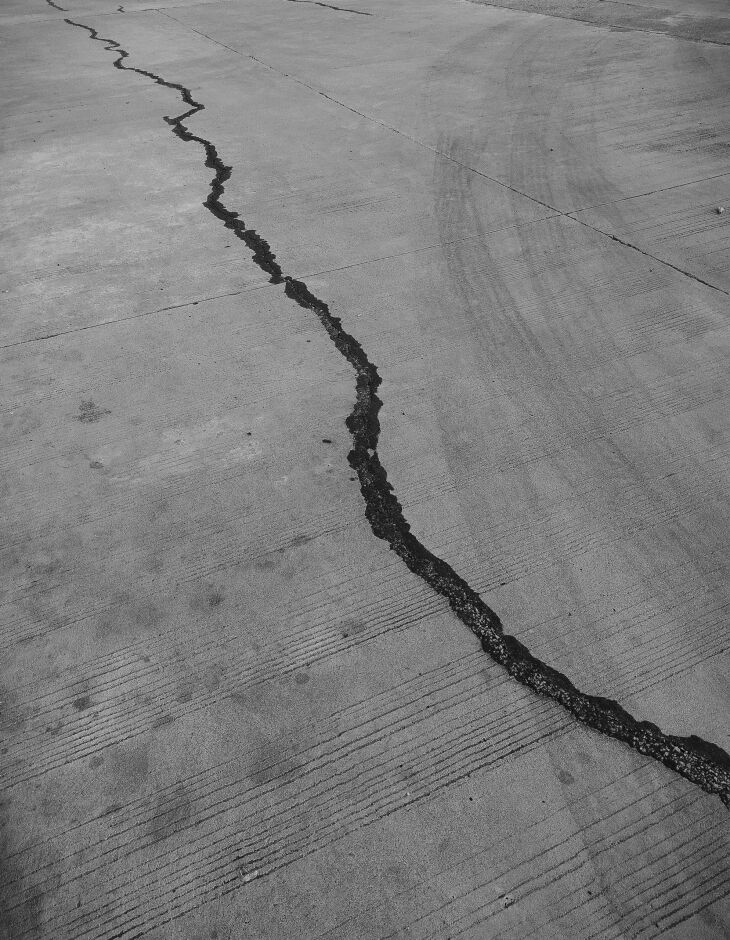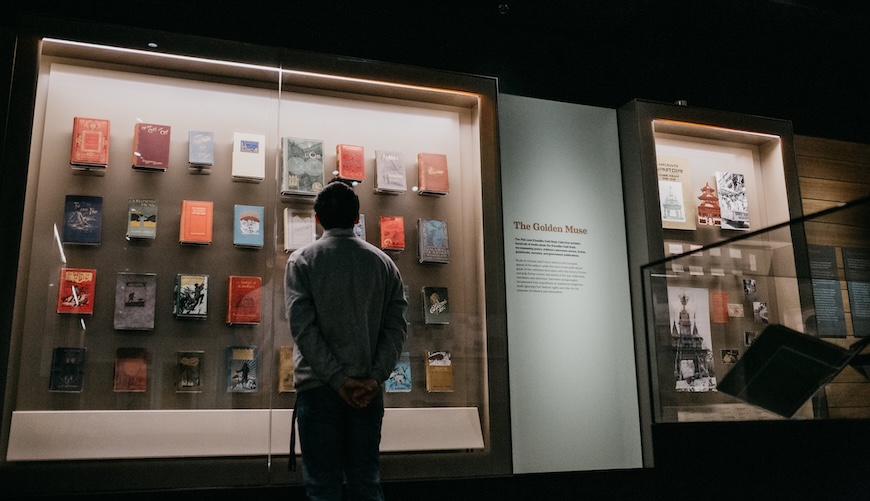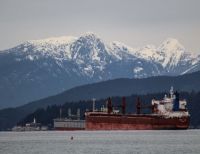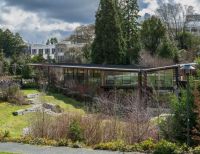UBC’s Earthquake Engineering Research Facility (EERF) will shake, rattle and roll for the public this International ShakeOut Day.
EERF is a unique and purpose-built lab where internationally renowned UBC researchers study the behaviour of structures during earthquakes using specially designed, digitally operated and hydraulic powered “shake tables” that precisely replicate forces experienced during seismic events.
Researchers can build sets of typical home or office furniture layouts, complete with walls, then literally shake them to see what happens when an earthquake hits. The resulting destruction provides them with crucial data that can make buildings and homes safer.
EERF will open its doors to the public from 11 a.m. to 1 p.m. on Thursday, October 21, after the shakeout drill at 10:21 a.m. (Map: 2235 East Mall)
Principal investigator and director of EERF Dr. Carlos Ventura, one of the world’s leading authorities on seismic research, will be on-hand for tours. A professor in the UBC faculty of applied science’s department of civil engineering and a structural engineer for more than 30 years, Dr. Ventura has researched the dynamic behaviour and analysis of structural systems subjected to extreme dynamic loads, including severe ground shaking, for decades. You can find more information on Dr. Ventura’s work here.
“The contributions of the UBC department of civil engineering during the last 40 years to the reduction of seismic risk in Canada and elsewhere are very significant. These range from increasing our fundamental understanding of causes and effects of earthquakes in the built environment, how soils and structures respond during earthquakes, development of advanced technologies for seismic protection of existing and new infrastructure through experimental and analytical studies, the development of seismic design codes, regulations and guidelines to ensure resilient structures like buildings, bridges and dams and the education of the public about how earthquakes affect the built environment,” said Ventura.
“Earthquake preparedness is a continuous learning process — the more we learn about earthquakes and their consequences, the better we can be prepared to minimize their effects. EERF visitors will see up close how earthquakes are simulated, how severe shaking can affect the contents of a home, and most importantly, how to prevent damage to the interior of a home.”
Joining Dr. Ventura at the EERF open house is Dr. Salman Soleimani-Dashtaki. Dr. Soleimani is currently working as a postdoctoral fellow and a sessional lecturer at the department of civil engineering at UBC, where he focuses on structural and earthquake engineering, as well as developing high-performance construction materials including earthquake resistant cement. Learn more about Dr. Soleimani’s work here.
Dr. Soleimani noted there is a 10 per cent chance that an earthquake event of magnitude (Mw) 9 or greater could occur in B.C. over the next 30 years, and according to the Natural Resources Canada, there is a 30 per cent chance of an earthquake big enough to cause significant property damage hitting southwestern BC within the next 50 years.
“Being part of the Pacific Ring of Fire, the Pacific Coast is the most earthquake-prone region of Canada, with more than 2,500 earthquakes recorded in the region annually by the seismologists with the Geological Survey of Canada. In Western B.C., more than 100 earthquakes of magnitude 5 or greater have occurred during the past 70 years,” said Dr. Soleimani.
Preparedness is key, he stressed.
“Earthquake preparedness must become a second nature to all of us,” he said. “Living in B.C., we should all have our own earthquake drills every single day. Every time we walk into a space that is new to us, even in our office spaces, in a board room, a library, a coffeeshop, ask yourself — What do I do if the ground starts shaking suddenly? How prepared am I? Do I have a game plan in mind? Are there overhead hazards to be aware of? Should I expect a flying object hitting my head? Is there a suitable space close to me or a table that I can get cover under? We should all get used to the thought process, develop a habit, and build an earthquake preparedness culture.”
UBC community members can find information about earthquake preparedness steps they can take at ready.ubc.ca
Top tips for the UBC community include:
- Avoid storing heavy objects on high shelves.
- Secure bookcases, cabinets, and equipment.
- Install restraints on laboratory shelves and store glass cylinders in properly designed racks.
- Be familiar with emergency plans and procedures.
- Have an emergency kit at home, in the office, and in your car.
- Practice earthquake response often and participate in annual earthquake drills, such as ShakeOut BC.
Top tips for everyone to note and take action on before an earthquake are available at ShakeOut BC.
Interview language(s): English and Spanish (Dr. Ventura); English and Farsi (Dr. Salman Soleimani-Dashtaki)
















